It wasn’t malicious. The file itself was the size of a small JPEG. It was given the absolute lowest priority. And it was set to self-destruct if anything went wrong. But this small file allowed one single hacker to measure the Internet activity of nearly half a million connected devices around the world, then share the results with everyone.
How was this even possible? The "hacker" barely hacked anything. In reality, they gained access to all these systems because each had the default "root" set as a password. With this access in hand, they ran several tests focusing on Internet structure and activity. And what they created from all this data is a spectacular map that captures a day in the life of the Internet (and all of its users).
Via Lauren Moss



 Your new post is loading...
Your new post is loading...

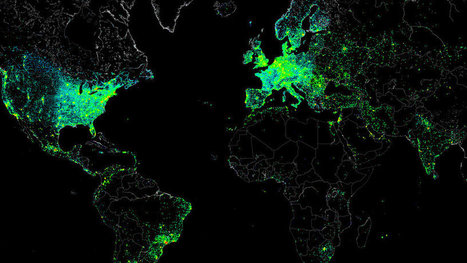

![The Big Data Explosion [infographic] | omnia mea mecum fero | Scoop.it](https://img.scoop.it/gAsIPFkIsuBJpbLrN1ILazl72eJkfbmt4t8yenImKBVvK0kTmF0xjctABnaLJIm9)




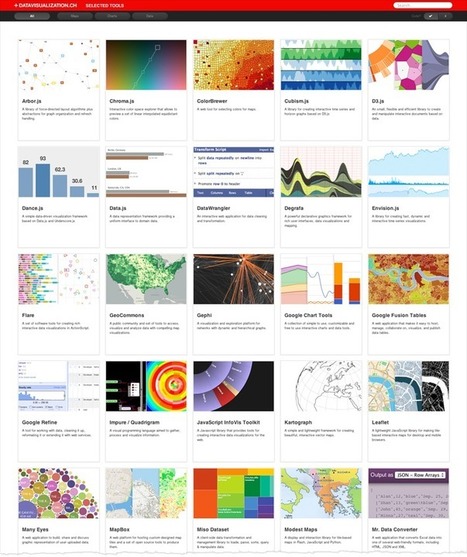
![The Internet Of Things: Every Device That Connects Us [Infographic] | omnia mea mecum fero | Scoop.it](https://img.scoop.it/CKXd3fNbSxePZXOxLPx3rjl72eJkfbmt4t8yenImKBVvK0kTmF0xjctABnaLJIm9)
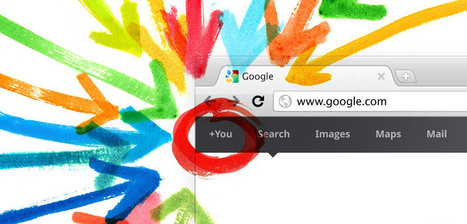


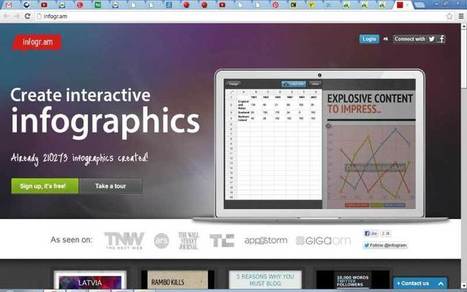



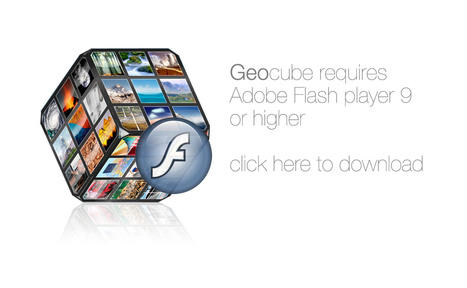





Creative power: hacking at the end of the world!
Using "root" as universal key :))